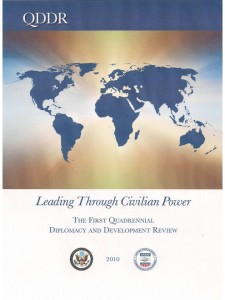
Decision-support (intelligence) is the ultimate objective of information processes. One must carefully distinguish between data which is raw text, signal, or image; information which is collated data of generic interest; and intelligence which is information tailored to support a specific decision…
Robert David Steele Vivas On Intelligence (AFCEA, 2000)
As noted in an earlier Journal entry (Assessment of the Position of Director of National Intelligence December 27 2010), the Director of National Intelligence (DNI) is an unclaimed orphan among the senior U.S. intelligence managers while the Office of DNI (ODNI) is an unwelcome member of the so-called Intelligence Community (IC). The current DNI, General James Clapper (USAF ret.) is a good man in a bad job. He conspicuously does not have the ear of his most important constituent, the President of the U.S. (POTUS) or the support of the President’s most important intelligence advisor John Brennan. So how can the DNI carve out a niche for himself and his office that will enable him to build a Washington D.C. based constituency that may even include the POTUS ?
Even a cursory examination of the principal agencies of the IC, will reveal that none of them are producing strategic intelligence. CIA maintains that its intelligence analysts (most less than five years in service) are too pressed by the need to develop current intelligence to engage in the in depth analysis and research required to produce strategic intelligence. State INR the only other intelligence center really capable of producing strategic intelligence tells much the same story. The once widely influential National Intelligence Estimates (NIEs), primary vehicles for strategic intelligence, are no longer highly regarded guides to policy formulation.
Yet according to one of the most important thinkers on intelligence analysis, Sherman Kent, strategic intelligence provides, “the knowledge which our highly placed civilians and military men must have to guard the national welfare” (emphasis added). Put another way, strategic intelligence can be described as accurate and comprehensive information that is needed by decision makers to formulate policies or take actions to protect our national interests.
Continue reading “Building a Constituency for the Director of National Intelligence”










